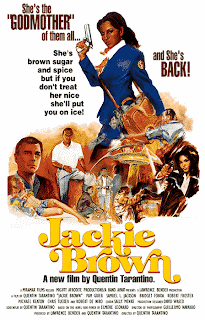Set in Nazi occupied France, Inglourious Basterds is a film that took
Quentin Tarantino over a decade to write and produce. Multiple plot threads, an
ever expanding script and difficulty with the movie’s conclusion meant that
from first to final draft, a decade had elapsed. The completed script is one of
pure Tarantino penmanship. Featuring ideas of revenge, duplicity and malice
while scattered with pop references, albeit from a different era, Inglouious Basterds is as Tarantino as a
Mexican stand-off in a Big Kahuna Burger Restaurant. Nominated for eight Academy
Awards and taking over $320 million worldwide, it is also one of the director’s
most successful to date.
Split into five chapters, the
film focuses on the efforts of two sets of people to bring down the Third
Reich. Shosanna Dreyfus (Mélanie Laurent) is a young Jewish woman who, early in
the film, escapes death at the hands of the gifted ‘Jew Hunter’ Hans Landa
(Christoph Waltz). Having dodged an early grave, Shosanna relocates to Paris where she runs a
small cinema which we shall come back to later. Meanwhile, elsewhere in France, the
Basterds, a group of American Jewish soldiers, led by Lieutenant Aldo Raine
(Brad Pitt) are scouring the countryside in search of Nazis to bludgeon and
scalp. When the Basterds hear that the entire Nazi high command will be in Paris for the Premier of
Goebbels latest propaganda film, they set in motion a plan to end the war the
very same night.












